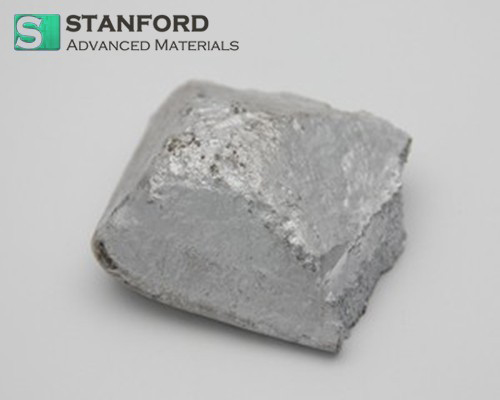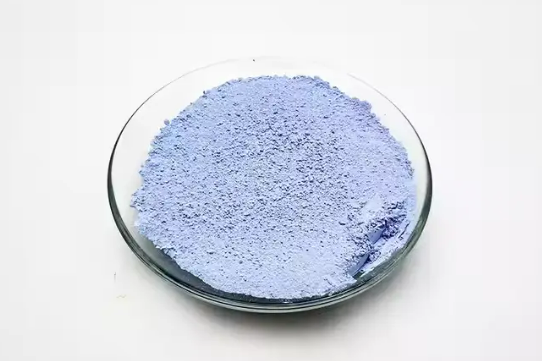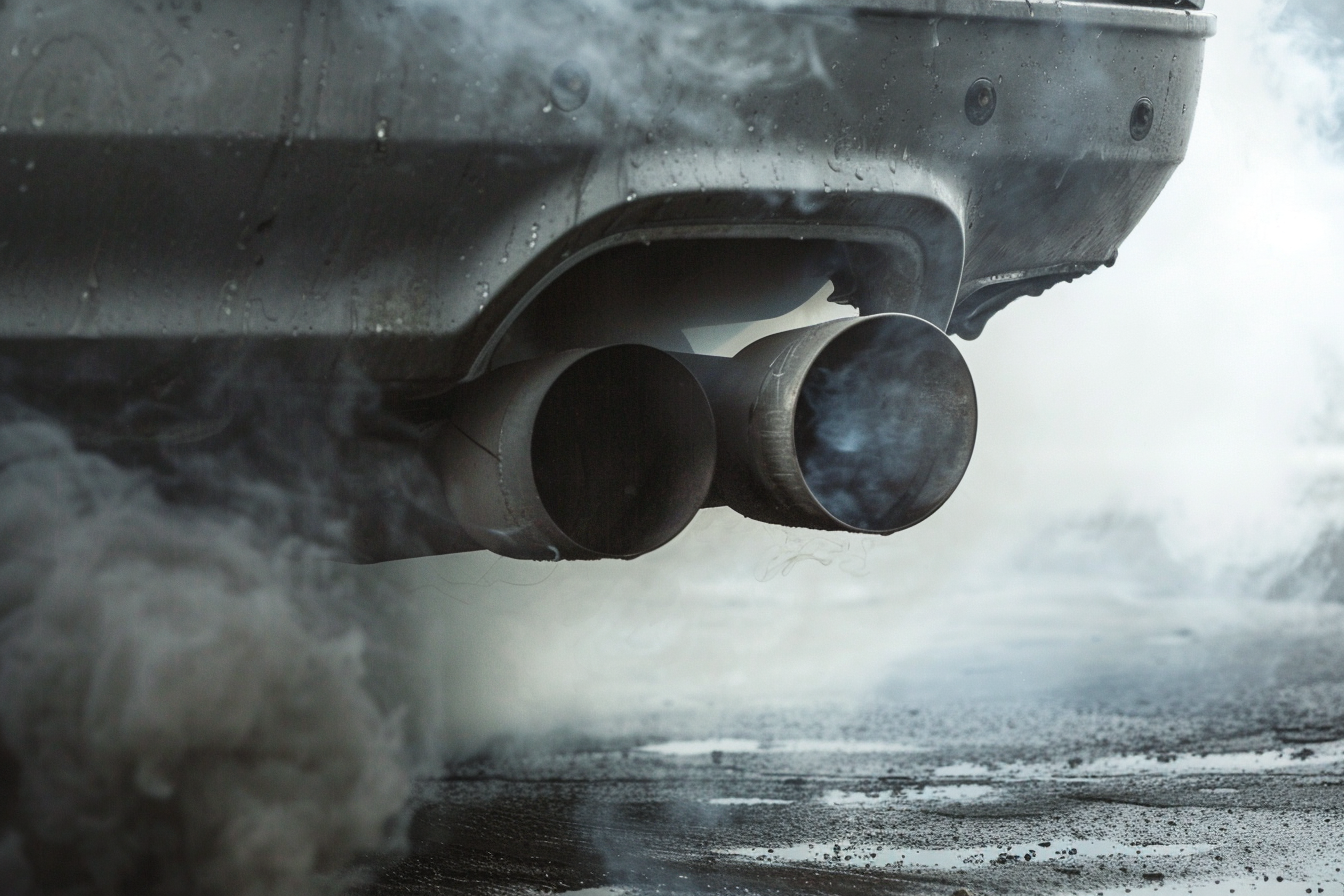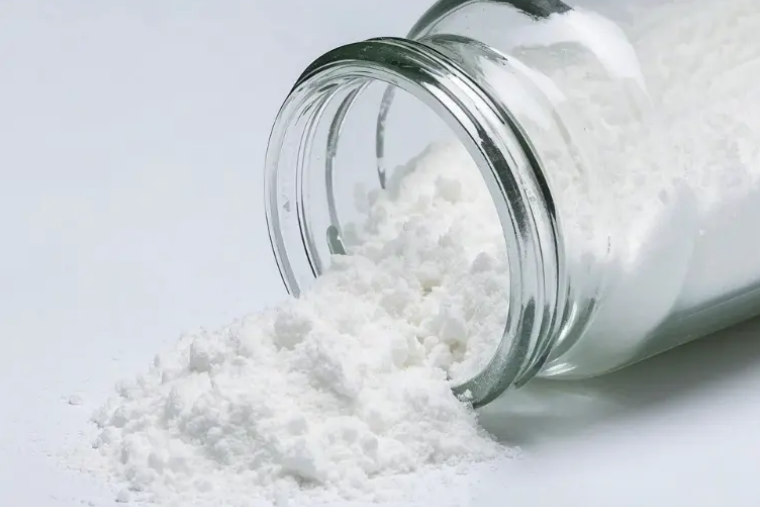1. Introduction
Automotive lightweighting is driving demand for stronger and more heat-resistant aluminum alloys. By reducing weight without sacrificing strength, these materials help improve fuel efficiency and lower emissions.
Rare earth additions—especially lanthanum (La) and cerium (Ce)—are showing clear advantages. When added via master alloys, they help refine grain structure, stabilize high-temperature performance, and improve casting quality.
Aluminum lanthanum and aluminum cerium alloys both offer benefits, but their behaviors are not the same. From microstructure formation to corrosion resistance and weldability, the differences matter. This comparison helps clarify which alloy fits best for different automotive applications—where mechanical strength, durability, and manufacturability must all be considered.
2. Microstructural Characteristics
2.1 Alloy Composition and RE Content
Al-La and Al-Ce master alloys are typically produced with RE content between 5–20 wt%, depending on application. When added to aluminum matrices, La and Ce modify solidification behavior and promote the formation of stable second phases.
2.2 Grain Morphology and Second Phase Formation
Aluminum lanthanum alloys tend to form needle-like Al₁₁La₃ intermetallics, which may agglomerate if not controlled, whereas Al-Ce alloys often produce more evenly distributed Al₁₁Ce₃ or AlCe₃ phases with globular morphology. Ce-rich phases tend to suppress grain coarsening more effectively, especially during long-term thermal exposure.

2.3 Microstructure Stability
Both RE elements enhance thermal stability, but Ce-containing alloys generally show better resistance to coarsening and phase transformation under elevated temperatures. This supports their use in under-hood or drivetrain applications.
3. Mechanical Properties Comparison
3.1 Tensile and Yield Strength
Studies show that aluminum cerium alloys typically offer slightly higher yield and tensile strength than Al-La counterparts, especially after heat treatment. The finer and more stable intermetallics in Al-Ce reinforce the matrix without causing embrittlement.
3.2 Ductility and Fracture Toughness
Al-La alloys may exhibit slightly higher ductility in some conditions due to reduced particle-matrix interface stress, but this benefit diminishes when La phase agglomeration occurs. Fracture analysis reveals that Al-Ce generally provides better toughness and fatigue life.
3.3 Load-Bearing Performance
Under cyclic or dynamic loading, Al-Ce outperforms Al-La in maintaining mechanical integrity, particularly in cast or high-pressure die-cast forms. This makes Al-Ce more reliable in chassis and suspension components.
4. Corrosion Resistance
4.1 Oxide Layer Formation
Lanthanum and Cerium both contribute to the formation of a protective oxide film on aluminum surfaces. However, Ce tends to form a denser, more adherent oxide that provides longer-lasting protection.
4.2 Salt Spray and Field Testing
Accelerated salt spray tests and field exposure trials indicate that Al-Ce alloys show slower pitting and reduced mass loss compared to Al-La. This is attributed to Ce's superior passivation behavior in chloride-rich environments.
4.3 Mechanism of RE-Enhanced Corrosion Resistance
Ce modifies the cathodic reaction and stabilizes the Al₂O₃ passive layer. La provides some benefit, but is more sensitive to galvanic effects when second phases cluster near grain boundaries.
5. Weldability and Process Adaptability
5.1 Welding Techniques and Parameters
Both Al-La and Al-Ce alloys are compatible with standard aluminum welding techniques (TIG, MIG, laser), but Ce-containing alloys generally show smoother melt pool dynamics and fewer hot-crack tendencies.
5.2 Joint Integrity and Mechanical Performance
Post-weld microstructure in Al-Ce alloys exhibits finer precipitates and lower porosity. Mechanical tests on welded joints show higher joint efficiency and lower defect rates for Al-Ce systems.
5.3 Weld Defects and Hot Cracking
Al-La is more prone to hot tearing, particularly in casting or during rapid solidification. Proper control of La content and weld heat input is essential to minimize cracking risk.
6. Optimization Strategies Through RE Content Tuning
6.1 Microstructural Tuning
Varying the La or Ce content affects grain refinement, precipitate morphology, and casting flowability. Lower RE content (<5 wt%) may lead to insufficient strengthening, while excessive additions (>20 wt%) can induce brittleness.
6.2 Balancing Properties
An optimal range of 8–12 wt% Ce or 6–10 wt% La often achieves the best compromise between strength, corrosion resistance, and weldability. Adjustments can be tailored to specific applications—e.g., higher Ce for engine mounts, moderate La for outer body panels.
6.3 Hybrid RE Additions
Combining La and Ce has shown synergistic effects in some studies. However, managing phase stability and solidification path becomes more complex and requires precise processing control.
7. Application in Automotive Components
7.1 Structural Component Suitability
Aluminum cerium alloys are preferred for structural load-bearing parts (e.g., subframes, crossmembers) due to their high thermal and mechanical stability. Aluminum lanthanum may find use in less mechanically demanding parts where ductility is prioritized.
7.2 Performance-to-Cost Matching
While both La and Ce are more cost-effective than heavier rare earths (e.g., Nd, Y), Ce generally offers a better performance-to-price ratio due to its higher crustal abundance and larger-scale availability.
7.3 Manufacturing Considerations
Both master alloys integrate well with existing casting and extrusion processes. Ce shows better scalability in high-volume manufacturing thanks to its low reactivity and reduced oxidation tendency during melt handling.
8. Conclusion
Both Al-La and Al-Ce master alloys offer substantial performance benefits for aluminum-based automotive lightweighting. Al-Ce alloys excel in strength retention, corrosion resistance, and weldability, making them suitable for high-demand structural components. Al-La alloys, while slightly more ductile in some cases, require tighter control to prevent microstructural degradation and cracking during welding.
Selecting between these alloys depends on application-specific requirements—whether mechanical robustness, cost-efficiency, or processing compatibility is the top priority.
At Stanford Materials Corporation, we supply a full range of rare earth materials, including high-purity La, Ce, and their aluminum-based master alloys. For engineers seeking tailored compositions and consistent batch quality, we’re here to support your lightweighting innovation—from lab trials to full-scale production.

















